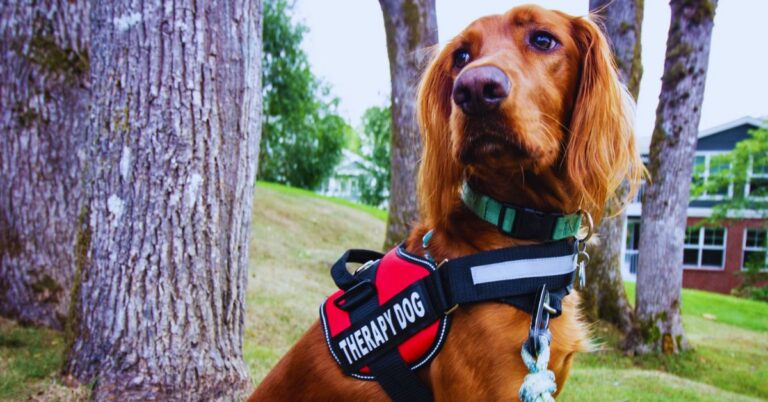10 Traits That Define The Jonangi’s Ancestral Brilliance

Once essential to life along India’s southeastern coast, the Jonangi isn’t just a rare dog, but it’s a living artifact of survival. Shaped by wetlands and centuries of partnership with fishing communities, this breed tells a story few outside the region have heard. Ready to meet a canine that beat the heat and nearly vanished without notice? Here are ten traits that define its ancestral brilliance.
Minimal Grooming Needs Matched Rural Lifestyles
With a short, tight coat and no underlayer, the Jonangi needed no brushing or clipping. Its dirt-shedding fur and clean habits aligned with farmers’ low-maintenance expectations. In communities without access to pet care, this self-sufficiency made the breed more practical than imported or urbanized dogs.
Barkless Communication That Evolved With Purpose
Vocal silence wasn’t a flaw—it was strategic. Jonangis produced low grunts or whines to communicate, especially during hunts. Barking risked scaring fish or poultry. Their unique vocal restraint helped maintain order around livestock and minimized disruption during group work.
Burrowing Behavior That Replaced Shelter Structures
Shallow pits dug in soft ground offered more than comfort. These self-made shelters helped regulate body temperature in extreme heat. Unlike kennel-raised dogs, Jonangis found relief beneath the soil, using instinct alone. The behavior reflected an adaptive response to India’s tropical coastal climate.
Territory-Specific Loyalty Without Roaming Instincts
Instead of wandering like many semi-feral breeds, Jonangis stayed close to their designated work zones. Loyalty wasn’t just emotional, it was spatial. Their instinct to protect a fixed wetland or homestead area reduced loss and made them effective for open, unbounded rural properties.
Cooperative Temperament Suited For Livelihood Tasks

Rather than dominate or disobey, Jonangis collaborated with humans in fishing and herding. Their temperament favored teamwork, not confrontation, making them highly compatible with multi-role rural life. Generations relied on this calm cooperation to manage unpredictable work environments without formal training or control.
Foraging Smarts That Reduced Feed Costs
When food ran low, Jonangis didn’t wait for bowls. They foraged for frogs, insects, and scraps in fields without wandering far. This behavior kept them healthy during seasonal shortages and made them less of a burden in lean years—an economic advantage in subsistence communities.
Heat Tolerance Engineered By Centuries Of Isolation
Sweltering temperatures and direct sun exposure were daily challenges. Jonangis met them with a lightweight frame, a minimal coat, and low activity during peak hours. Rather than avoid the heat, they adapted to it through generations of survival without shade or grooming.
Rapid Pup Training Through Imitation, Not Commands
Jonangi puppies picked up work by watching adults. No treats. No clickers. Just immersion. Young dogs mirrored herding routes and duck-flanking moves with eerie speed. This made multigenerational ownership efficient—experienced dogs became teachers, keeping traditions alive even when human instruction was limited or absent.
Compact Build Ideal For Marshland Efficiency
A low-slung, muscular frame helped Jonangis move through narrow embankments and muddy plains. Their structure wasn’t accidental; it developed around the geography in which they worked. Larger breeds struggled in similar settings, but Jonangis thrived where agility and maneuverability outweighed raw power.
Cultural Echoes Preserved Through Oral Tradition
Though few Jonangis are registered or studied, local memory keeps them alive. Farmers still speak of dogs that guarded homes or guided ducks. These accounts, passed verbally, offer insight into their former role. In many regions, stories endure longer than the animals themselves.




